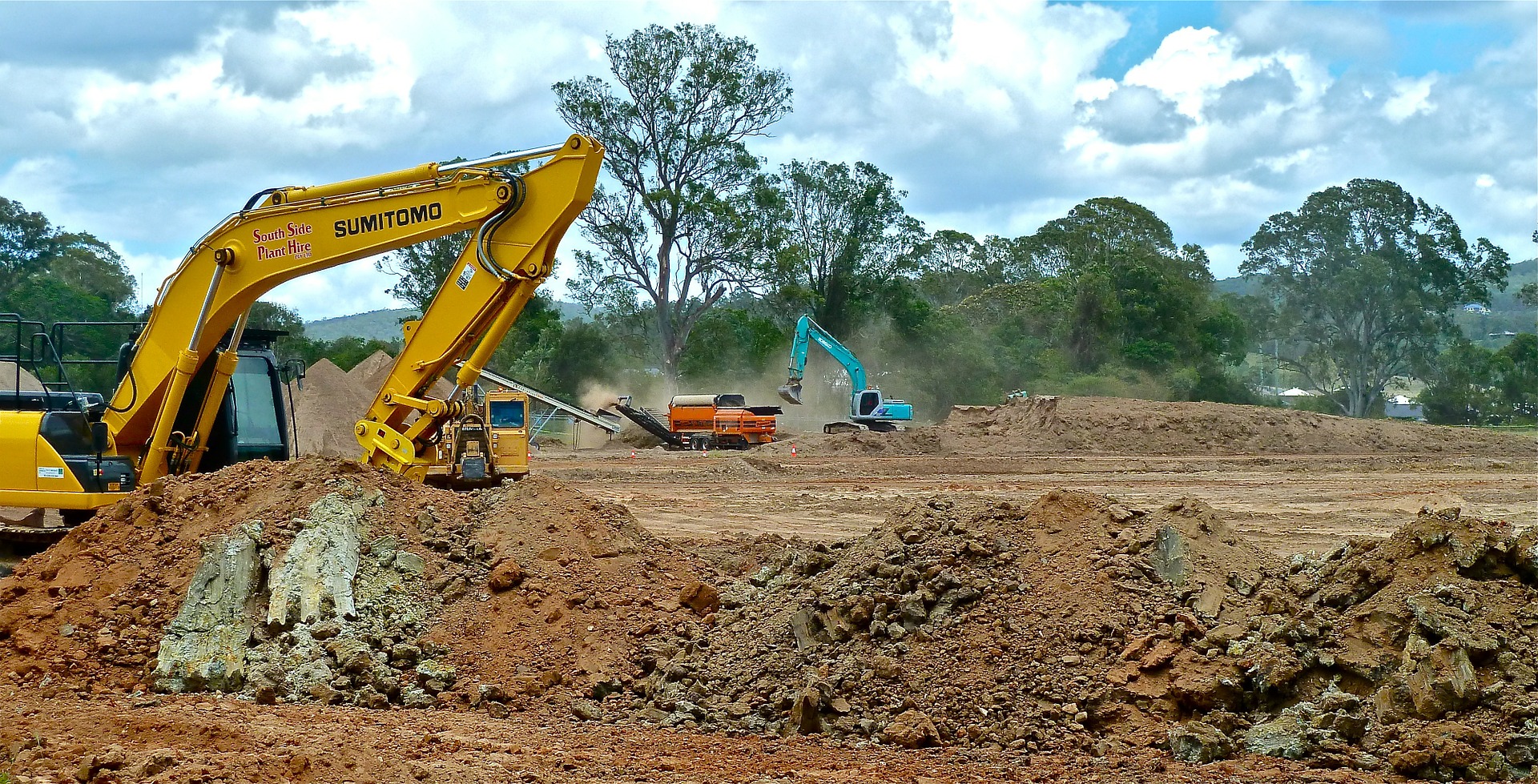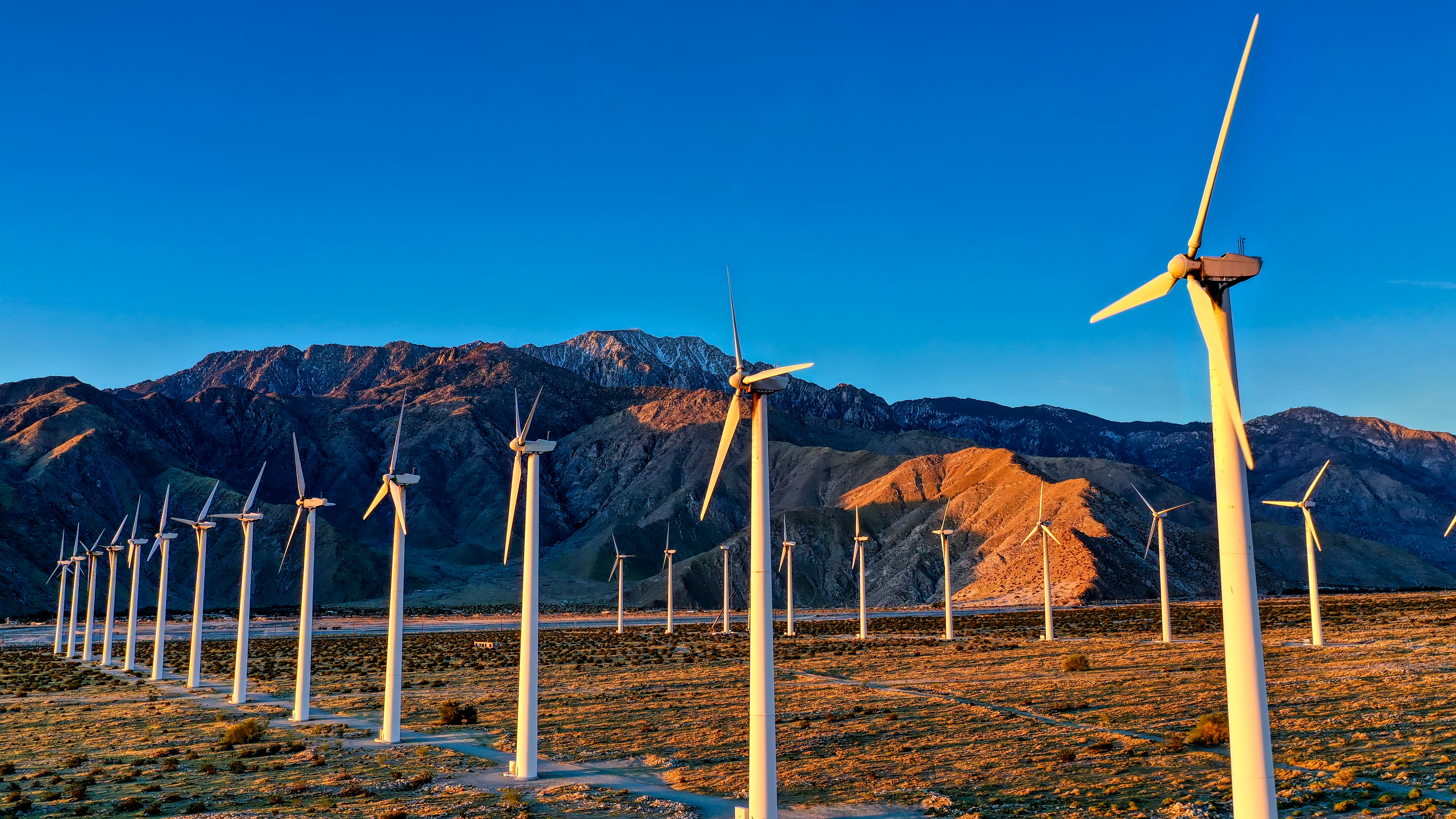The £200-million Yorkshire Energy Park at Hedon near Hull has been approved for construction. This park will include a power station, research centres and an education campus in the East Riding of Yorkshire.
The Yorkshire Energy Park will be constructed on a former aerodrome, a strategic site close to nationally significant energy, sea, rail and road infrastructure, and an airport located a short drive away.
Sewell Group, the project developer, believes that the scheme can generate over 4,000 jobs.
Development of the Infrastructure
Companies looking to grow and thrive can benefit from the Yorkshire Energy Park, having it close to the UK’s ‘Energy Estuary’ on Humberside, which will synergise like-minded companies. Close to the area is a connection to the National Grid, which makes the location fundamental for the development.
The site will offer clean and reliable energy at a lesser cost for on-site users as opposed to buying off the market.
However, residents near the area have expressed their hesitation, claiming that the site will increase pollution, traffic, and noise, potentially affecting and harming wildlife.

Planning officers from the East Riding of Yorkshire Council recommended the development while also dismissing several complaints that much green space will be lost. The planning committee approved the project on a 6 to 5 vote.
Paul Sewell, managing director of Sewell Group, acknowledged the decision in favor of the site, saying that the group is ready to start as soon as the final approval from the Secretary of State for Housing, Communities, and Local Government is granted.
On the other hand, Hedon Councillor John Dennis expressed his disappointment over the decision, hoping that a public inquiry will ensue. He calls it a war that is still ongoing, and in which he and others will continue fighting.
The site is owned by Hull City Council and will have an energy generation plant that generates power for the National Grid and the site itself.
International companies like IBM, EON, Chinese telecoms giant ZTE, and Vodafone have announced their commitment to backing the said project.
Boosting Renewable Energy

Yorkshire Energy Park is just one of the many projects that the UK Government is eyeing to ensure that its renewable energy supply expands to meet the growing demands of the market.
A recent study from the University of Cardiff suggests that there has been a substantial increase in global wind speeds since 2010, which could be caused by changes in atmospheric and ocean circulation patterns.

This discovery is a positive development for the wind energy sector. The researchers believe that there could be a 37% growth in energy production for a single turbine due to the change in global wind speed.
There had been a decline a decade prior when scientists found a notable decrease in wind speeds in the 1980s. However, this new study indicates that the previous theory that tried to explain the increase is not enough on its own to explain the changes in the speed of the wind.
The data comes from 9,000 ground weather stations and various statistical models that show how winds have started to pick up in the last ten years.
This rate of increase is three times more than the rate of decline in 2010.
Dr. Adrian Chappell, the co-author of the study, cites the heating of the Earth’s surface as the probable cause since it creates pressure gradients that consequently generate winds. He stated that large-scale circulation and surface roughness changes might be the primary reason for the upsurge in wind speed.
The finding is also a plausible explanation of the rise in the US wind fleet capacity factor to 7% per decade. It had formerly been assumed that the factor increase was because of technological innovation, but the new study shows that half of it is due to elevated wind speeds.
This finding benefits the wind energy industry since it will allow the expansion of wind energy generation systems among mid-latitude countries.
If the upward trend is sustained over the next ten years, a single turbine could increase its generation capacity by 27%, to 3.3 million kWh by 2024. The proponents foresee another decline in the future, but the trend will likely persist for the next decade.